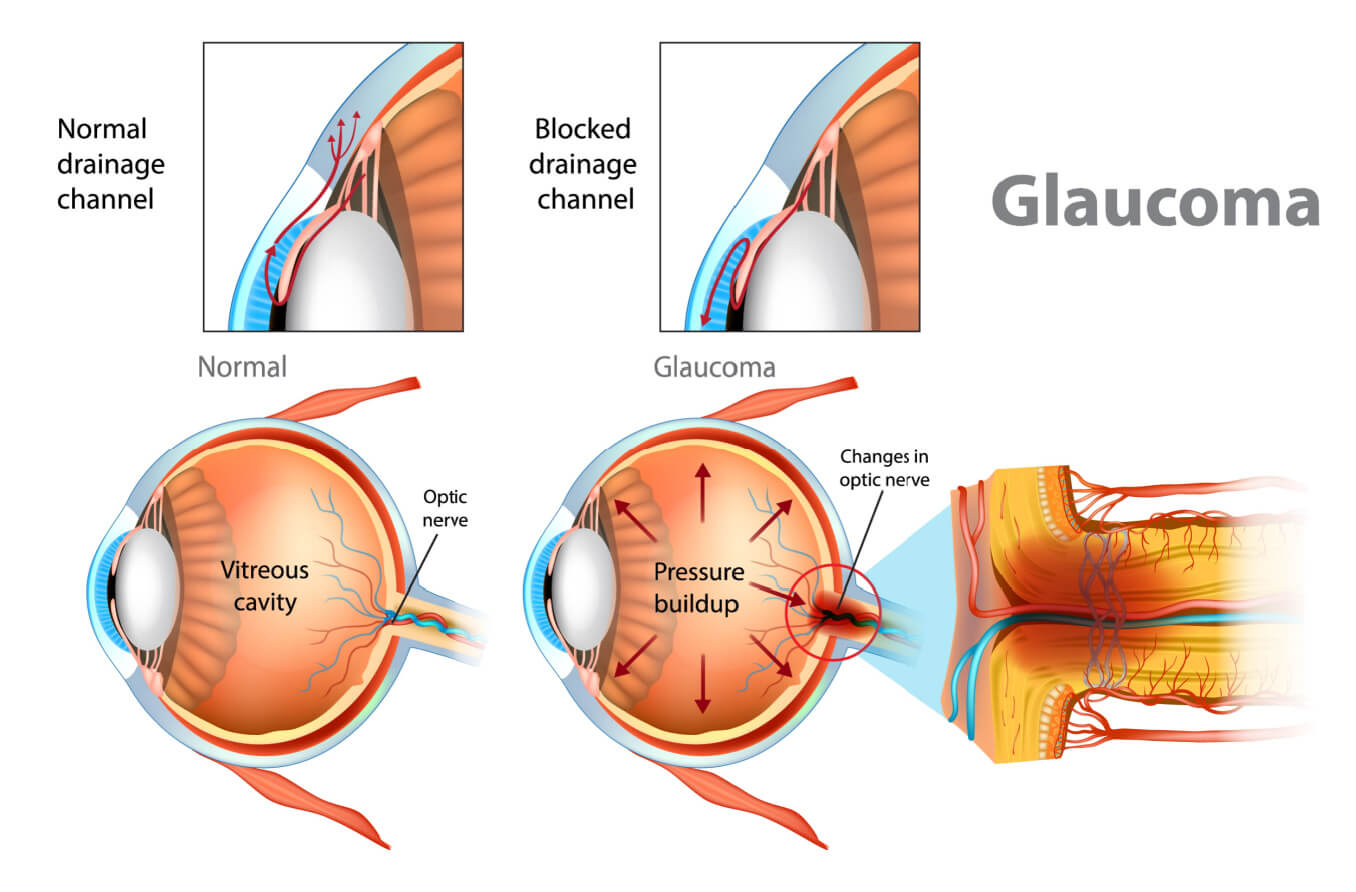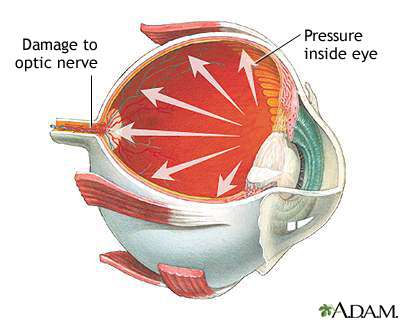Understanding the Various Vision Adjustment Procedures Available for Clearer View
In the world of vision modification treatments, a wide range of choices exist to resolve refractive mistakes and offer people with more clear sight. From the widely recognized LASIK surgical treatment to much less invasive treatments like PRK and implantable lenses, the area of ophthalmology supplies an array of methods customized to match various requirements and preferences. Each procedure includes its own set of factors to consider, advantages, and possible dangers. Comprehending the nuances of these vision correction approaches is vital for making educated choices concerning one's aesthetic health. Let's explore the complexities of these treatments and clarified the path to achieving boosted vision clearness.
LASIK Surgical Treatment
LASIK surgical treatment is a common refractive treatment used to correct vision troubles such as nearsightedness, astigmatism, and farsightedness - retina service near me. This medical technique, which stands for Laser-Assisted in Situ Keratomileusis, aims to improve the cornea to enhance how light is concentrated on the retina, inevitably enhancing vision clearness. During the procedure, a thin flap is developed on the cornea, and a laser is made use of to eliminate precise quantities of tissue to reshape it appropriately. This reshaping permits light to be accurately concentrated onto the retina, fixing refractive mistakes.
One of the primary advantages of LASIK surgical procedure is the rapid improvement in vision experienced by people. Generally, LASIK surgical treatment is a preferred selection for individuals looking for a lasting remedy for their vision troubles.
PRK Procedure
While also a common refractive procedure, the PRK (Photorefractive Keratectomy) technique varies from LASIK surgery in its approach to fixing vision issues. In PRK, rather than developing a flap on the cornea, the external layer of the cornea, called the epithelium, is entirely eliminated. This enables the laser to improve the cornea to correct refractive mistakes such as astigmatism, nearsightedness, and farsightedness straight on the surface area.

In spite of the longer healing time, PRK can produce outstanding lead to vision renovation, making it a valuable alternative for those that might not appropriate prospects for LASIK surgery.
Implantable Lenses
In comparison to PRK where the cornea is improved straight, implantable lenses use another approach for dealing with vision by putting artificial lenses inside the eye. This treatment is particularly useful for individuals with high degrees of farsightedness, nearsightedness, or astigmatism who might not be ideal prospects for laser surgical treatments like LASIK or PRK.
Implantable lenses, additionally recognized as phakic intraocular lenses, job by supplementing the eye's natural lens with a synthetic one. retina service near me. These lenses can be put in front of the natural lens (former chamber) or behind the iris and in front of the all-natural lens (posterior chamber) By changing the power and positioning of these lenses, ophthalmologists can successfully correct refractive errors and enhance aesthetic acuity
One advantage of implantable lenses is that they are detachable and exchangeable, offering flexibility for future modifications. Nonetheless, just like any procedure, there are risks entailed, such as infection or cataract formation. Clients considering implantable lenses need to consult with an eye treatment specialist to identify one of the most appropriate alternative based on their private needs and eye health and wellness.
Corneal Rings
Corneal rings, also referred to as intracorneal ring segments, are small, transparent tools placed right into the cornea to remedy vision distortions such as keratoconus. Keratoconus is a condition where the cornea thins and protrudes outward, triggering you could look here vision to become altered. The insertion of corneal rings helps to flatten the cornea, enhancing visual skill and article source reducing the uneven astigmatism triggered by keratoconus.
The procedure for putting corneal rings is minimally invasive and relatively fast, frequently carried out as an outpatient treatment. Throughout the surgery, the eye doctor makes a little incision in the cornea and inserts the rings at a details deepness. Once in location, the rings help to reshape the cornea, supplying a smoother surface area for light to enter the eye, which can cause more clear vision.
Corneal rings are considered a reversible procedure, as they can be gotten rid of or replaced if required. refractive surgeries in al. While they may not completely remove the demand for glasses or contact lenses, corneal rings can considerably enhance vision top quality and total aesthetic convenience for people with keratoconus or various other corneal abnormalities
Refractive Lens Exchange
Adhering to the correction of corneal abnormalities with treatments like corneal rings, one more vision improvement strategy that can resolve refractive mistakes is Refractive Lens navigate to this website Exchange (RLE) RLE is a procedure that includes replacing the eye's natural lens with an artificial intraocular lens (IOL) to correct refractive mistakes such as nearsightedness, presbyopia, and farsightedness. This procedure is specifically valuable for people who may not be appropriate prospects for treatments like LASIK or PRK because of elements such as thin corneas or high refractive mistakes.

Final Thought
Finally, there are different vision modification treatments available to help people accomplish more clear view. LASIK surgical procedure, PRK treatment, implantable lenses, corneal rings, and refractive lens exchange are all alternatives that can address different vision issues. It is essential for individuals to talk to their eye care service provider to figure out one of the most appropriate treatment based on their particular requirements and preferences. With advancements in technology, accomplishing enhanced vision is now much more accessible than ever before.
In the world of vision adjustment treatments, a wide variety of choices exist to deal with refractive errors and provide individuals with clearer view.LASIK surgical procedure is a typical refractive procedure utilized to correct vision problems such as farsightedness, nearsightedness, and astigmatism.While also an usual refractive procedure, the PRK (Photorefractive Keratectomy) strategy differs from LASIK surgery in its technique to dealing with vision issues.Complying with the correction of corneal abnormalities with procedures like corneal rings, one more vision improvement method that can address refractive mistakes is Refractive Lens Exchange (RLE) LASIK surgery, PRK procedure, implantable lenses, corneal rings, and refractive lens exchange are all alternatives that can deal with various vision problems.